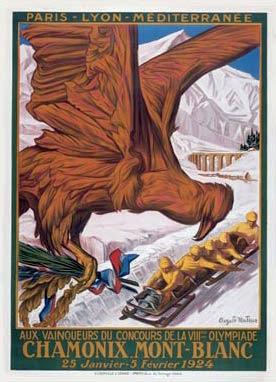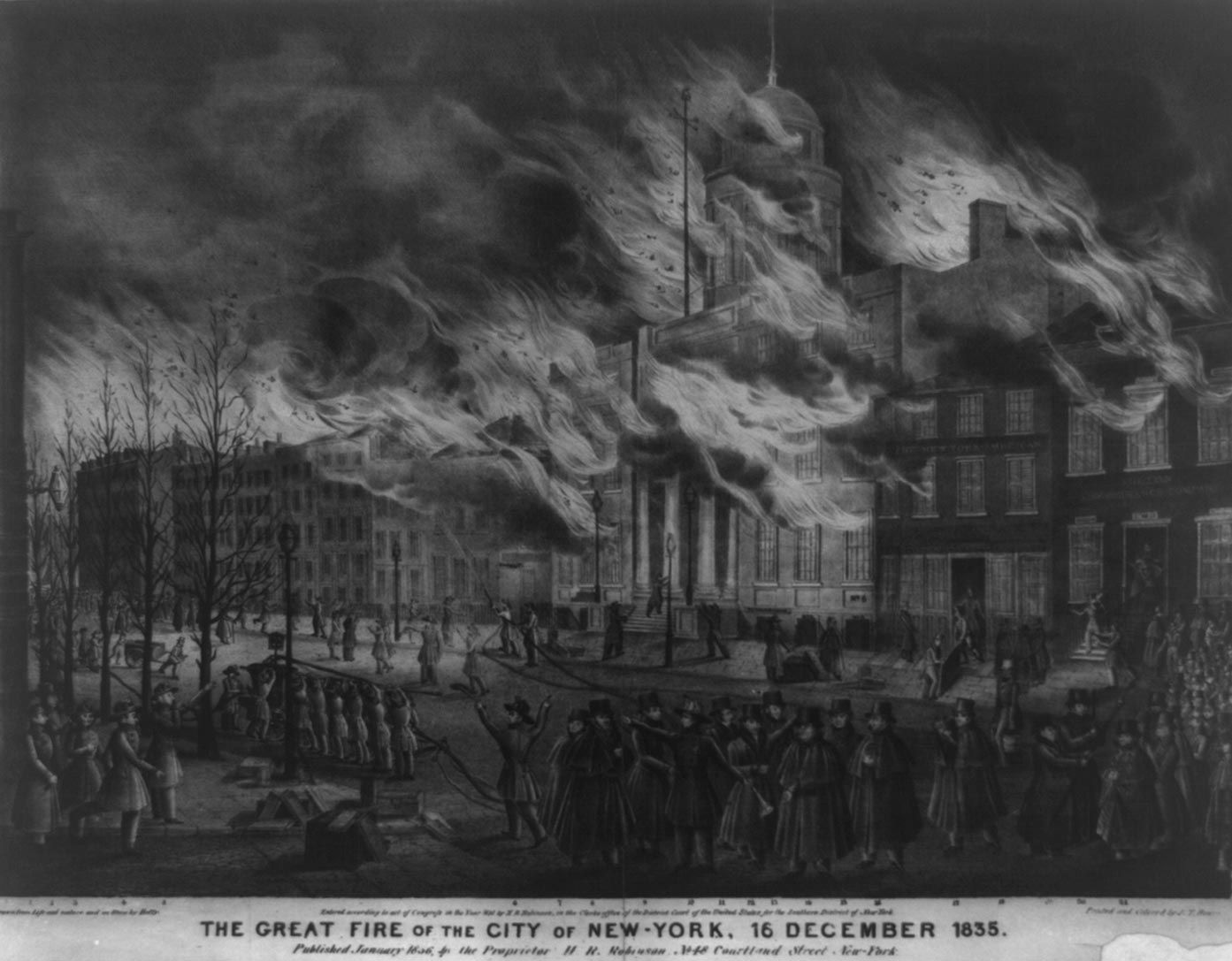|
Soledad Román De Núñez
Soledad Román de Núñez (born Soledad Román Polanco; October 6, 1835 - June 19, 1924) was the first lady of Colombia from 1886 to 1894 as the second wife of President Rafael Núñez. Soledad is considered to have wielded a considerable influence in policy and participated in state affairs in Colombia during the presidencies of her spouse more than any other woman in Colombia before her. She is credited with the victory of the government in the conflict of 1885, as well as the Concordat of 1887. She was a controversial figure, because her marriage was not recognized by the Catholic church, as the wedding had been civil, as her spouse's first wife was still alive and he was still married to her in the eyes of the Catholic church. Early life Soledad Román Polanco was born on 6 October 1835 in Cartagena as the eldest daughter of Manuel Román Picón and Manuela Polanco. During much of her youth, "Sia Sola" as she was called by her family, her long stays at her father's Botica ... [...More Info...] [...Related Items...] OR: [Wikipedia] [Google] [Baidu] |
Hostess Of San Carlos Palace
The Hostess of San Carlos Palace it was the unofficial role held by the spouses of the List of presidents of Colombia, head of state of Colombia from 1819 until 1886 when the role was merged with that of First Lady of Colombia, first lady of Colombia. Twenty-one women served as presidential hostesses: Four during the Gran Colombia, eight during the Republic of New Granada, New Granada, four during the Granadine Confederation, and ten during the United States of Colombia. List See also *First Lady *List of first ladies of Colombia Notes References {{reflist, 30em Women's social titles Colombian salon-holders Lists of Colombian women, Hostess History of women in Colombia ... [...More Info...] [...Related Items...] OR: [Wikipedia] [Google] [Baidu] |
First Lady Of Colombia
First Lady of Colombia (First Lady of the Nation) is the title held by the hostess of the Casa de Nariño, generally the wife of the president of Colombia, coinciding with the president's tenure. The role of the first lady has never been codified or officially defined; according to the Constitutional Court of Colombia, the first lady holds the status of a private citizen before the public administration. However, this gives the first lady an additional special role, as, being the wife of the president, the first lady symbolically embodies, together with the president, the idea of national unity in accordance with article 188 of the Constitution of Colombia. Since 1978, the first lady has been honorary president of the Colombian Institute of Family Welfare, an institution founded by the 22nd president Carlos Lleras Restrepo. Verónica Alcocer is the current first lady of Colombia, as the wife of the 34th and current president of Colombia, Gustavo Petro. While the title was not in ... [...More Info...] [...Related Items...] OR: [Wikipedia] [Google] [Baidu] |
United States Of Colombia
The United States of Colombia () was the name adopted in 1863 by the for the Granadine Confederation, after years of civil war. Colombia became a federal state itself composed of nine "sovereign states.” It comprised the present-day nations of Colombia and Panama and parts of northwestern Brazil. After several more years of intermittent civil wars, it was replaced by the more centralist Republic of Colombia in 1886, predecessor to modern Colombia. History The civil war of 1860–1862 resulted in the dissolution of the Granadine Confederation which had been subjected increasingly to efforts by conservatives to centralize rule over the federal states. The liberal General Tomás Cipriano de Mosquera defeated the conservative government of President Bartolomé Calvo during 1862 and was installed as new president. Much power was distributed back to the states from the government in Bogotá. Already in July 1861, when Mosquera had taken Bogotá and declared himself prov ... [...More Info...] [...Related Items...] OR: [Wikipedia] [Google] [Baidu] |
First Ladies Of Colombia
First most commonly refers to: * First, the ordinal form of the number 1 First or 1st may also refer to: Acronyms * Faint Images of the Radio Sky at Twenty-Centimeters, an astronomical survey carried out by the Very Large Array * Far Infrared and Sub-millimetre Telescope, of the Herschel Space Observatory * For Inspiration and Recognition of Science and Technology, an international youth organization * Forum of Incident Response and Security Teams, a global forum Arts and entertainment Albums * ''1st'' (album), by Streets, 1983 * ''1ST'' (SixTones album), 2021 * ''First'' (David Gates album), 1973 * ''First'', by Denise Ho, 2001 * ''First'' (O'Bryan album), 2007 * ''First'' (Raymond Lam album), 2011 Extended plays * ''1st'', by The Rasmus, 1995 * ''First'' (Baroness EP), 2004 * ''First'' (Ferlyn G EP), 2015 Songs * "First" (Lindsay Lohan song), 2005 * "First" (Cold War Kids song), 2014 * "First", by Lauren Daigle from the album '' How Can It Be'', 2015 * "First", by ... [...More Info...] [...Related Items...] OR: [Wikipedia] [Google] [Baidu] |
1924 Deaths
Events January * January 12 – Gopinath Saha shoots Ernest Day, whom he has mistaken for Sir Charles Tegart, the police commissioner of Calcutta, and is arrested soon after. * January 20–January 30, 30 – Kuomintang in China holds its 1st National Congress of the Kuomintang, first National Congress, initiating a policy of alliance with the Soviet Union and the Chinese Communist Party. * January 21 – Alexander Cambridge, 1st Earl of Athlone, The Earl of Athlone is appointed Governor-General of the Union of South Africa, and High Commissioner for Southern Africa.Archontology.org: A Guide for Study of Historical Offices: South Africa: Governors-General: 1910-1961 (Accessed on 14 April 2017) * January 22 – R ... [...More Info...] [...Related Items...] OR: [Wikipedia] [Google] [Baidu] |
1835 Births
Events January–March * January 7 – anchors off the Chonos Archipelago on her second voyage, with Charles Darwin on board as naturalist. * January 8 – The United States public debt contracts to zero, for the only time in history. * January 24 – Malê Revolt: African slaves of Yoruba Muslim origin revolt against Brazilian owners at Salvador, Bahia. * January 26 ** Queen Maria II of Portugal marries Auguste de Beauharnais, 2nd Duke of Leuchtenberg, in Lisbon; he dies only two months later. ** Saint Paul's in Macau is largely destroyed by fire after a typhoon hits. * January 30 – The first assassination attempt against a President of the United States is carried out against U.S. President Andrew Jackson at the United States Capitol * February 1 – Slavery is abolished in Mauritius. * February 20 – 1835 Concepción earthquake: Concepción, Chile, is destroyed by an earthquake. The resulting tsunami destroys the neighboring city of Talcahuano. * March 2 – ... [...More Info...] [...Related Items...] OR: [Wikipedia] [Google] [Baidu] |
Colombian Constitution Of 1886
The Colombian Constitution of 1886 was the constitution that remade the United States of Colombia into the Republic of Colombia, and replaced the federal republic with a unitary state. Following the Colombian Civil War (1884–1885), a coalition of moderate Liberals and Conservatives, led by Rafael Nuñez, ended the political period known as "the Radical Olympus", repealed the Constitution of Rionegro (1863), and substituted it with the constitution of 1886. From then on, the country was officially known as the Republic of Colombia. The Constitution of 1886 was the longest lasting constitution in the history of Colombia, eventually being itself replaced by the Constitution of 1991. Constituent Assembly The Constituent Assembly consisted of 18 delegates, two from each of the nine states. Rafael Núñez announced a national regeneration program and changed the country from a decentralized federal system to a centralized system with a strong central presidency. The presidenti ... [...More Info...] [...Related Items...] OR: [Wikipedia] [Google] [Baidu] |
Colombian Liberal Party
The Colombian Liberal Party (; PLC) is a centre to centre-left political party in Colombia. It was founded as a classical liberal party but later developed a more social-democratic tradition, joining the Socialist International in 1999. The Liberal Party along with the Colombian Conservative Party dominated the Colombian political scene from the end of the 19th century until 2002, in bipartisan political hegemony. The two parties were in direct military conflict between 1948 and 1958, during the civil war period known as '' La Violencia'', after which they established the " National Front", agreeing to rotate power, intercalating for a period of four presidential terms. The election victory of independent candidate Álvaro Uribe in 2002 put an end to dominance of two party politics in Colombia. Currently, the Liberal Party is the largest party in Congress and supported the left-wing presidency of Gustavo Petro until leaving Petro's coalition on 28 November 2023. History ... [...More Info...] [...Related Items...] OR: [Wikipedia] [Google] [Baidu] |
National Party (Colombia)
National Party (, PN) was a Colombian nationalist political party. The Party was established in 1886 and dissolved in 1902. Presidents * Rafael Núñez : 1887–1888 * Carlos Holguín Mallarino : 1888–1892 * Miguel Antonio Caro : 1892–1898 * Manuel Antonio Sanclemente Manuel Antonio Sanclemente Sanclemente (September 19, 1814 – March 12, 1902) was President of Colombia between 1898 and 1900.Gobernantes Colombianos, Ignacio Arismendi Posada, Interprint Editors Ltd., Italgraf, Segunda Edición, Page 141, Bogot ... : 1898–1900 Defunct political parties in Colombia Political parties established in 1886 Political parties disestablished in 1902 Colombian nationalism 1886 establishments in Colombia 1902 disestablishments in Colombia Nationalist parties in South America {{Colombia-party-stub ... [...More Info...] [...Related Items...] OR: [Wikipedia] [Google] [Baidu] |
Colombian Civil War (1884–1885)
The Colombian Civil War of 1884–1885 was a conflict that took place in the United States of Colombia (present-day Colombia and Panama). It was the result of the reaction of the Radical faction of the Colombian Liberal Party, which did not agree with the Centralist Regeneration policy of President Rafael Núñez, a moderate Liberal who was supported by the Colombian Conservative Party. Background The Radical liberals, who were in power in the Sovereign State of Santander, accused Rafael Núñez, President of the United States of Colombia of interfering in the internal affairs of the States with his Centralist policies and Regeneration project. Course of events In August 1884, armed uprisings began in the state of Santander, directed against the state president, Solon Wilches. On 11 January 1885, the Tuluá Uprising took place in Cauca, which was suppressed by General Juan Evangelista Ulloa. However, General Francisco Escobar and Colonel Guillermo Marquez went over to the s ... [...More Info...] [...Related Items...] OR: [Wikipedia] [Google] [Baidu] |
1884 Colombian Presidential Election
Presidential elections were held in the United States of Colombia in 1884. The result was a victory for Rafael Núñez of the Liberal Party. Political Database of the Americas Electoral system The 1863 constitution changed the electoral system from a direct vote to an indirect vote. The President was now elected on the basis of which candidate received the most votes in each |

